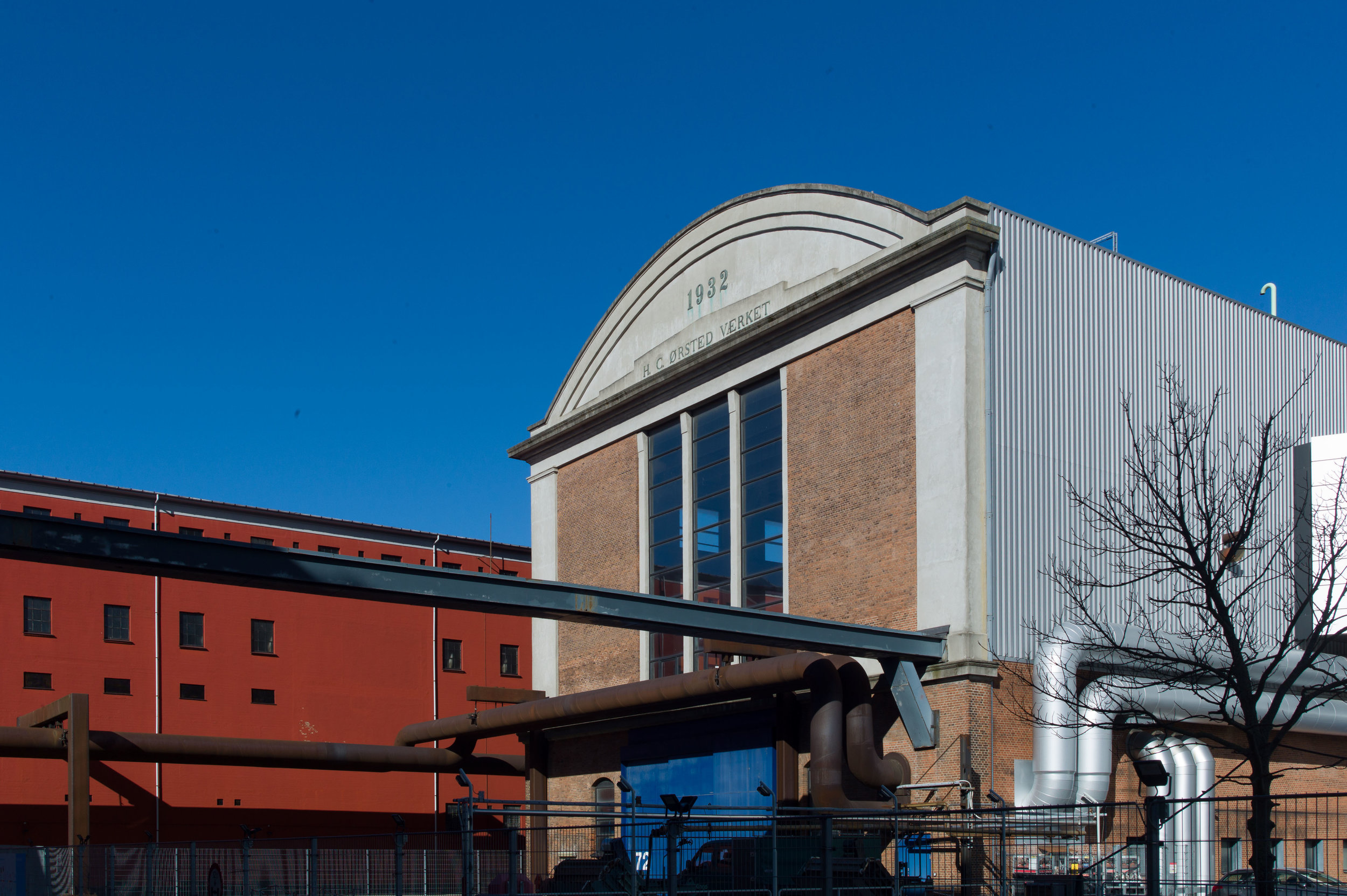Svanemølleværket is to be a new museum of technology
/It has been confirmed that Svanemølleværket power station will be decommissioned by 2023.
After the building is passed to the control of By&Havn - the port authority of Copenhagen - it will be converted to be a new museum of technology with the collections of Danmarks Tekniske Museum in Helsingør moved here to the old works. Dorte Mandrup has been appointed architect for the project.
This was announced provisionally in February 2019 but the final decision has been delayed by the pandemic.
Swan Mill Works was the last major design by the architect Louis Hygom (1879-1950). Work began in 1947 and the massive building was completed in 1953. The power station is constructed in reinforced concrete but is faced with brick.
Originally the power station was coal fired but in 1985 it was converted to gas to produce area heating from its six boilers and five turbines.
The works is dramatic and monumental in scale. Hygom, who also designed later parts of HC Ørestedsværket - the power station at the south end of the harbour - was an architect of the Neoclassist school in the early decades of the 20th century and the design is not only rational and functional but it has striking and even beautiful proportions.
The challenge in this next stage will be to keep to a minimum changes to the fenestration and restrict the insertion of new windows and doors.












































